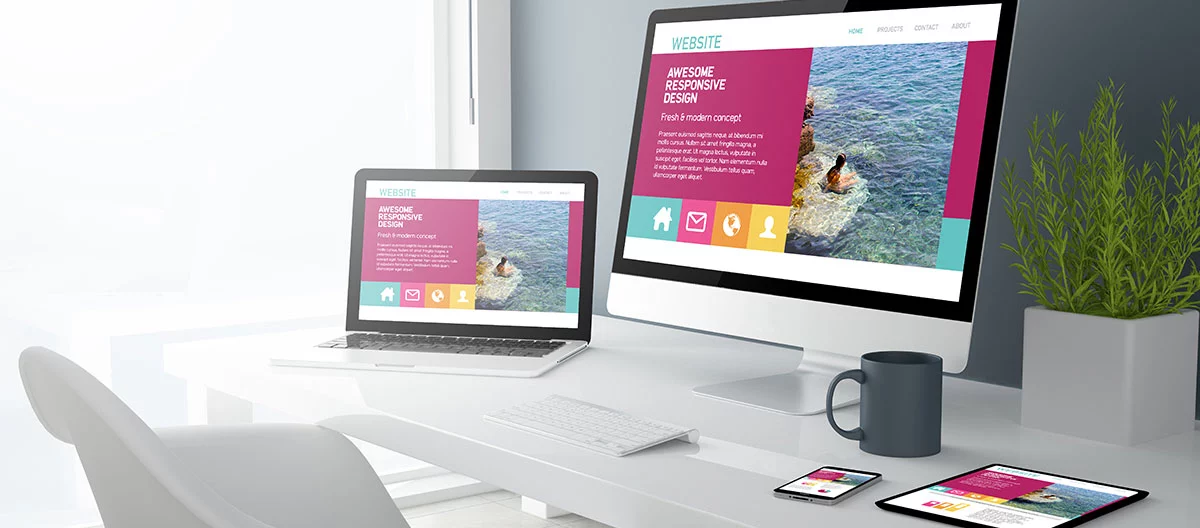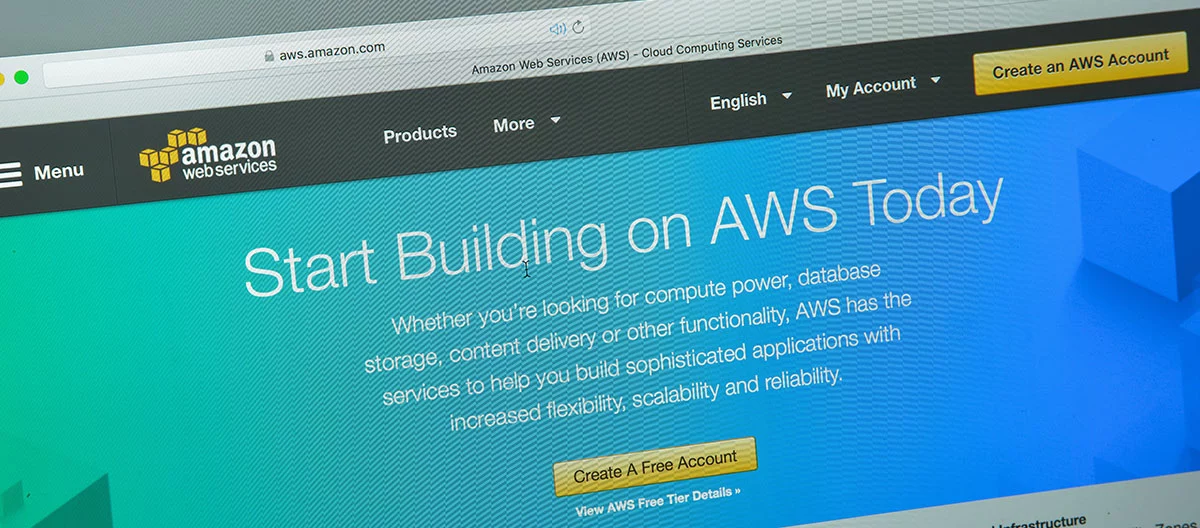
Exploring the Factors that Influence Web Application Development Cost
By Thayer Tate
You’re here because you want to build a custom web application and you want to know how much it will cost you. Having built custom software for many years, many of our customers have asked us this question time and time again.
We have found building custom web applications can cost anywhere from $30,000 all the way up to $1,000,000 dollars.
We’d love to be able to tell you that your custom web application will cost you a specific amount, but this would be near impossible to identify without first taking into consideration several factors upfront.

What Impacts the Cost of Building a Custom Web Application?
Before zeroing in on cost specifics, you should first think about what you want the application to do. In other words, begin with the end goal in mind. The cost of your organization’s custom web application will depend on the size, volume, and functionality you need. Generally, web apps start at 70K and can range to 350K.
To get more of an idea of the size of the project, it’s best to start by going through a discovery & design process. This will then lead your business to start answering the important questions that could impact your budget.
Web Application Cost Questions to Ask
What type of web application do you need?
Based on your business needs you should determine which direction is best. For example, do you have a lot of content? In which case, a content driven website may be a better route for you. Or do you need a full-web application that requires more of a logical approach? This direction might be beneficial for a bank or financial institution
Can you build on top of what you have?
Can you customize some of your existing tools, frameworks, packages or platforms to achieve your goals in a more cost-efficient way. Maybe you have a platform you like but it does not quite give you all the functionality you’re looking for. In this case, you could see if there are any other platforms or tools that will integrate with the one you have. There’s no sense in starting from scratch if you can build upon your existing foundation.

Does the web application need to support a large audience?
Think about not only who but how many people will be using the application once it’s launched. For example, developing a large application like Facebook is very different than creating an application that only needs to serve 100 people per day. How will the end user be using the application? Will your business need an application where it will require many logins or user roles?
How many integrations will you need?
Consider what you need your web application to integrate with. For example, will the app need to integrate with Google logins or credit card payment gateways? Does it need to share data with an e-commerce engine for payments or talk with an internal ERP system? These are all integrations to consider.

How many features and functionality will it need to have?
As you’re thinking about this remember to outline what features will help your company’s users with their goals. Features are the “tools” you use within a system to complete a set of tasks or actions. Functionality is how those features work to provide you with a desired outcome. Consider performance, portability, API’s needed and the number of screens you will need. Will the web application need to be mobile compatible?
What are your business design requirements?
Laying out your UX (User Experience) and UI (User Interface) criteria at the beginning of your project is crucial. Some price impacting factors include the number of elements and the number of animations you want. In this stage, it’s typical to look at a set of wire-frames to get a visual picture of the end product’s flow to make sure you cover all your basis at the start. Not missing this step also ensures you are mapping out the appropriate requirements upfront to meet your business goals.
Will your app need special requirements for your industry?
Maybe you’re in the healthcare industry and you need to consider HIPPA requirements. Does it need to be PCI compliant? Are you a government agency that needs to consider upgraded security? Industry Criticality, security, and regulatory requirements impact web application cost.

What is the cost of ownership & maintenance?
Applications have a cost of ownership. Who will perform the maintenance and update the application and supporting software once it’s live? Where will you host it? A common host is AWS (Amazon Web Services). Here is a tool to calculate the cost of launching a web application. Keep in mind, there is a possibility your business might have to move to a new hosting provider to meet the requirements or improve the functionality of your new site. Also, don’t forget to make sure you have a plan in place for preventative maintenance. This can save you money in the future when any problems arise.
What does your application post-release support look like?
Here you want to think about what bugs will need to be worked out and how the infrastructure will need to be adjusted. When your app is live and all of the initial kinks are worked out, it still needs additional support in the future. Most software companies have options where you can choose a support plan that works for your business. But be sure if calculate this into your overall budget.
The process outlined above shows why it’s difficult to quote a price right out of the box. But if you take the time answer all these questions, you can be sure that you will save time and money on the back end. From beginning with planning & designing your web app moving on to the creation process and finally to launch & post support, you can see in this blog what budget considerations should be taken into account. This will help you get an idea as to what is involved as your business starts this exciting journey.
The first step to any successful project is discovery. Once this process is over, you should have a good idea of your projected budget. Download the guide below to walk through what it takes to start your web application out on the right foot.
Thayer Tate
Chief Technology Officer Thayer is the Chief Technology Officer at SOLTECH, bringing over 20 years of experience in technology and consulting to his role. Throughout his career, Thayer has focused on successfully implementing and delivering projects of all sizes. He began his journey in the technology industry with renowned consulting firms like PricewaterhouseCoopers and IBM, where he gained valuable insights into handling complex challenges faced by large enterprises and developed detailed implementation methodologies.
Thayer is the Chief Technology Officer at SOLTECH, bringing over 20 years of experience in technology and consulting to his role. Throughout his career, Thayer has focused on successfully implementing and delivering projects of all sizes. He began his journey in the technology industry with renowned consulting firms like PricewaterhouseCoopers and IBM, where he gained valuable insights into handling complex challenges faced by large enterprises and developed detailed implementation methodologies.
Thayer’s expertise expanded as he obtained his Project Management Professional (PMP) certification and joined SOLTECH, an Atlanta-based technology firm specializing in custom software development, Technology Consulting and IT staffing. During his tenure at SOLTECH, Thayer honed his skills by managing the design and development of numerous projects, eventually assuming executive responsibility for leading the technical direction of SOLTECH’s software solutions.
As a thought leader and industry expert, Thayer writes articles on technology strategy and planning, software development, project implementation, and technology integration. Thayer’s aim is to empower readers with practical insights and actionable advice based on his extensive experience.



